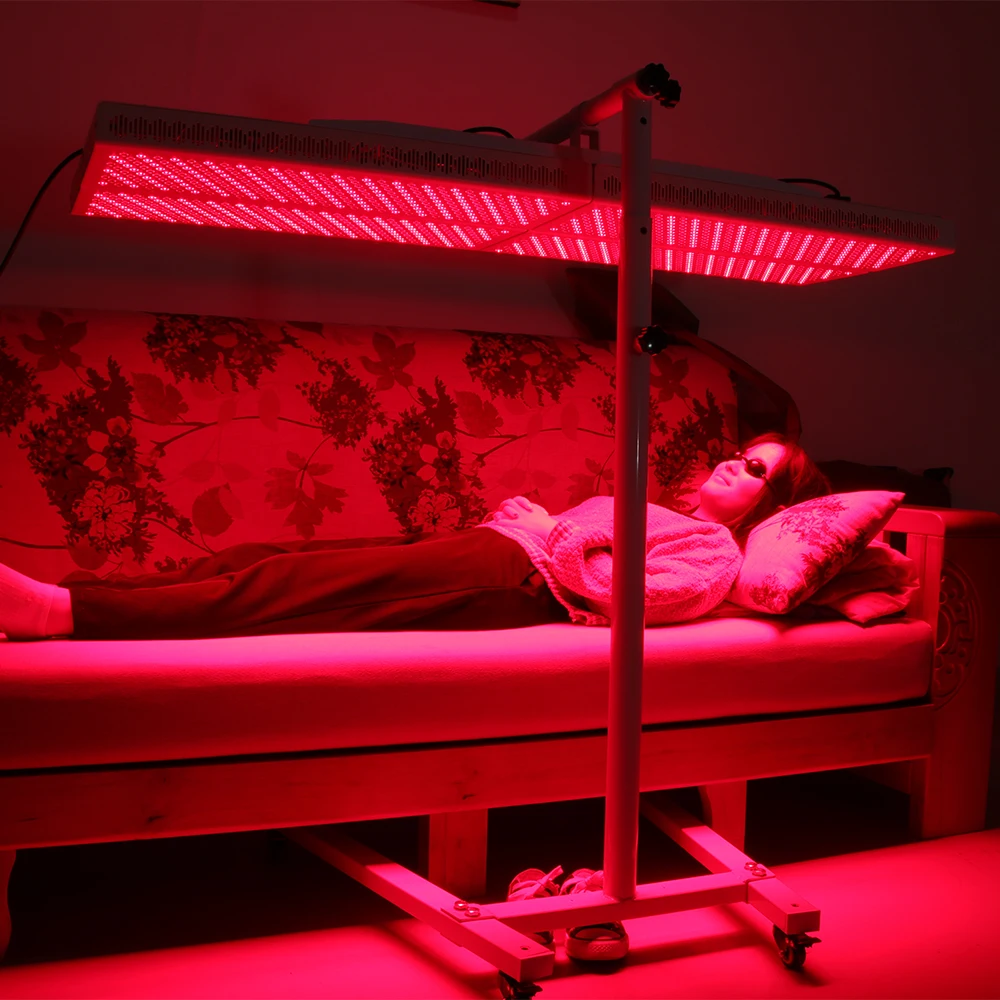
Diabetes is a global health concern that affects millions of individuals worldwide. Traditional treatments include medication, insulin therapy, and lifestyle changes like diet and exercise. However, recent studies suggest that an innovative approach, red light therapy, could dramatically lower blood sugar levels and serve as an adjunct treatment for diabetes.
What is Red Light Therapy?
Red light therapy, also known as photobiomodulation, is a non-invasive treatment that uses specific wavelengths of red and near-infrared light to penetrate the skin. This therapy has gained popularity due to its purported benefits for skin health, wound healing, and pain reduction. The light emitted stimulates cellular energy production, potentially leading to various therapeutic effects.
The Research on Red Light Therapy and Blood Sugar Levels
A groundbreaking study has indicated that red light therapy could lower blood sugar by nearly 30%, presenting a promising option for individuals with diabetes. This research highlights the potential of red light therapy to influence the body’s metabolic processes, possibly altering glucose metabolism and insulin sensitivity.
Study Findings
Participants in the study were exposed to red light therapy for a specific duration and at controlled intensities. After the treatment, blood glucose levels were measured and showed an average reduction of nearly 30% from baseline levels. These striking results suggest that red light therapy could help regulate blood sugar levels in the short term.
Implications for Diabetes Treatment
This significant decrease in blood sugar offers new avenues for diabetes management. Here are potential benefits of this therapy for those with diabetes:
- Improved Insulin Sensitivity: Red light therapy may improve the function of insulin, making the body more responsive to its blood-sugar-regulating effects.
- Non-Invasive Treatment: Unlike insulin injections, red light therapy is a needle-free treatment, which can be a more comfortable option for patients.
- No Reported Side Effects: The therapy has been well-tolerated in various studies, with no severe adverse effects reported, making it a safe option alongside traditional treatments.
How Red Light Therapy Could Be Used
To integrate red light therapy into diabetes management, it could be used in conjunction with lifestyle interventions and medications. Patients might undergo regular sessions to help maintain stable blood sugar levels. However, the frequency and intensity of treatment would need to be tailored to individual needs, and it’s essential to conduct more research to establish standardized protocols.
Considerations before Use
Although the initial research results are promising, red light therapy shouldn’t replace conventional diabetes treatments without the guidance of a healthcare professional. Ongoing research will help to clarify the role of red light therapy in diabetes care.
- Consultation with a doctor is crucial before starting any new treatment.
- It’s essential to continue with prescribed diabetes medications and not to alter them without medical advice.
- Monitoring and tracking blood sugar is vital to assess the therapy’s effectiveness.
Conclusion
Red light therapy emerges as a potential complementary treatment for diabetes, offering hope for non-invasive blood sugar management. The near 30% reduction in blood sugar levels is a remarkable finding that could lead to a new frontier in diabetes care. As research progresses, it may not be long before red light therapy becomes a standard tool in the battle against diabetes. However, it’s important to approach this new treatment cautiously and under medical supervision to ensure its safety and effectiveness.

